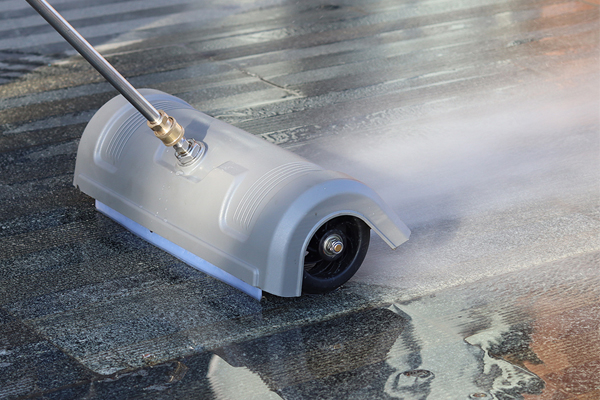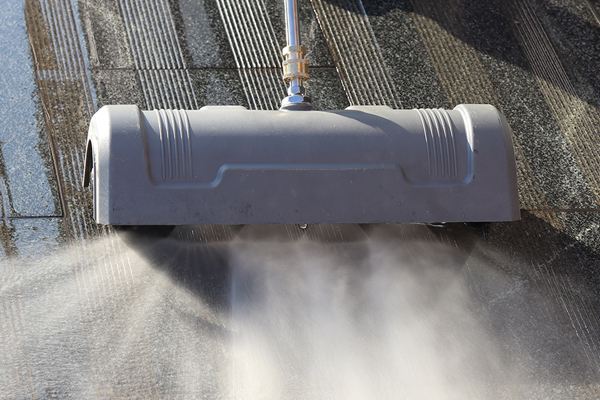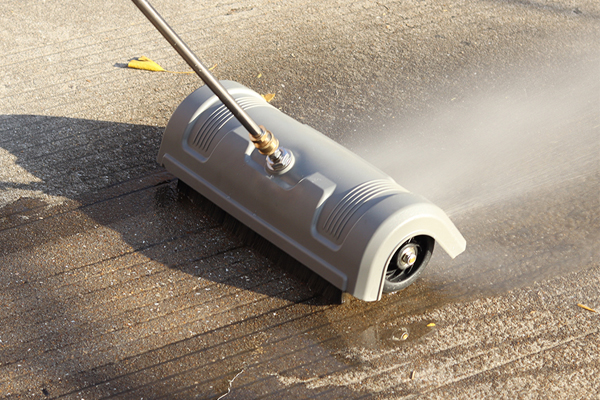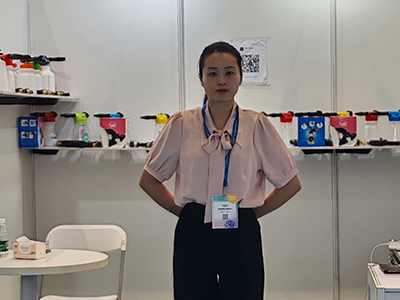leading paragraph: Have you ever struggled with heavy, inefficient floor cleaning tools? Cleaning shouldn't have to be such a strenuous chore!
snippet paragraph: Making floor cleaning effortless primarily involves selecting lightweight, durable tools1 with optimized designs. Through material innovation2 and structural improvements, we can significantly boost cleaning efficiency3 while drastically reducing physical exertion4, making cleaning no longer a burden.

High-Pressure Floor Cleaner: Can It Be Lighter and More Practical, from Stainless Steel to Plastic?
leading paragraph: Are you still tolerating the cumbersome bulk of old-fashioned high-pressure floor cleaners? Heavy stainless steel casings not only add to the physical strain but also make moving the equipment incredibly difficult.
snippet paragraph: Yes, absolutely. Replacing stainless steel with high-performance engineering plastics5 in traditional high-pressure floor cleaning equipment, combined with innovative lightweight design, can significantly reduce device weight, enhance portability and operational flexibility, while maintaining or even surpassing its durability and cleaning efficiency3.

| Feature | Traditional Stainless Steel High-Pressure Floor Cleaner | RITAS Innovative Engineering Plastic Design | Advantages |
|---|---|---|---|
| Material | Heavy stainless steel | High-performance engineering plastic | Lightweight, high strength, corrosion-resistant |
| Weight | Heavy, difficult to operate | Significantly reduced, easy to push | Greatly reduces operator's physical strain |
| Cost | Expensive | Significantly reduced | Increases market acceptance |
| Shape | Circular | Rectangular | Dead-corner-free cleaning, especially for corners and edges |
| Mobility | Cumbersome, laborious | Equipped with dual wheels9, smoother movement | Effortless, high efficiency, good maneuverability |
| Footprint | Relatively large | More compact | Convenient storage, wider range of application scenarios |
From Stainless Steel to Plastic: How Material Innovation Is Revolutionizing Floor Cleaning Equipment Design?
leading paragraph: Are you still bothered by the corrosion, rust, and high manufacturing costs of cleaning equipment? Is traditional metal truly irreplaceable?
snippet paragraph: Absolutely not. Shifting cleaning equipment from stainless steel to high-performance engineering plastics not only effectively solves corrosion and rust issues and significantly reduces manufacturing costs, but more importantly, it opens up vast opportunities for structural innovation and lightweighting, achieving a dual improvement in performance and economy.

| Dimension | Stainless Steel Material | High-Performance Engineering Plastic | Specific Performance in Cleaning Equipment |
|---|---|---|---|
| Strength & Rigidity | High, but heavy | Customizable, enhanced to rival metal | Lightweight, high strength, reduces physical exertion4 for handling and operation |
| Corrosion Resistance | Good, but prone to rust (specific environments) | Excellent, no rust | Extends equipment lifespan, lowers maintenance costs, adapts to diverse cleaning agents10 |
| Manufacturing Cost | High | Low, one-shot mold injection | Reduces product price, enhances market competitiveness |
| Weight | Heavy | Light | Improves operating portability, enhances user experience8 |
| Design Flexibility | Relatively limited | High, allows complex shapes12 | Supports innovative product structures, e.g., streamlined, ergonomic designs |
| Environmental Aspects | High energy consumption13 for recycling | Partially recyclable, relatively lower energy consumption13 | Meets sustainability requirements14, reduces carbon footprint |
Save Your Time and Strength: How Innovative Design Can End Floor Cleaning Exhaustion?
leading paragraph: Have you ever ended up exhausted from floor cleaning? Do those heavy, counter-intuitive designs make you dread the task altogether?
snippet paragraph: By transforming the traditional bulky circular design into a lightweight rectangular structure15 equipped with flexible wheels, innovative cleaning equipment not only significantly reduces the operational burden but also enhances cleaning efficiency3 and coverage, completely freeing users' energy and time.

| Design Element | Traditional Circular Floor Cleaner | Innovative Rectangular Wheeled Floor Cleaner | User Experience Improvement |
|---|---|---|---|
| Shape Structure | Circular, bulky | Rectangular, optimized form | Edge-to-edge cleaning, increased coverage, reduced repetitive work |
| Material Selection | Heavy stainless steel | Lightweight engineering plastic | Substantially reduced weight, easier handling and operation |
| Movement Friction | High, manual pushing required | Dual wheels at bottom, low friction | Effortless pushing, saves energy, improves work efficiency |
| Cleaning Efficiency | Prone to dead spots, requires repeated cleaning | One-pass cleaning, wider coverage, high efficiency | Shortens cleaning time, improves task completion speed |
| Operating Feel | Time-consuming, laborious, tiring | Easy and pleasant, reduces physical exertion | Enhances work comfort, eliminates the feeling of exhaustion |
| Storage Space | Relatively large footprint | Compact, easy to store | Saves valuable space, especially in confined environments |
Conclusion
Through material innovation and design optimization, future floor cleaning equipment will be lighter, more efficient, and more economical, truly making cleaning work effortless.
---Explore how lightweight tools can enhance cleaning efficiency and reduce physical strain. ↩
Discover how new materials are revolutionizing the design and functionality of cleaning tools. ↩
Discover strategies and tools that can significantly boost your cleaning efficiency. ↩
Discover tools designed to minimize physical effort and enhance cleaning efficiency. ↩
Learn about innovative materials that are transforming cleaning equipment design. ↩
Understand the significance of corrosion resistance for the longevity of cleaning tools. ↩
Explore methods to lower production costs while maintaining quality in cleaning tools. ↩
Learn about design elements that enhance the user experience during cleaning tasks. ↩
See how dual wheels can make cleaning tools easier to maneuver and operate. ↩
Find out which cleaning agents work best with innovative cleaning equipment. ↩
Understand how rust-free materials can extend the lifespan of cleaning tools. ↩
Understand the manufacturing processes that allow for innovative designs in cleaning tools. ↩
Explore the relationship between energy consumption and eco-friendly cleaning solutions. ↩
Learn about eco-friendly practices in the design and manufacturing of cleaning tools. ↩
Find out how a rectangular design can improve cleaning coverage and efficiency. ↩
